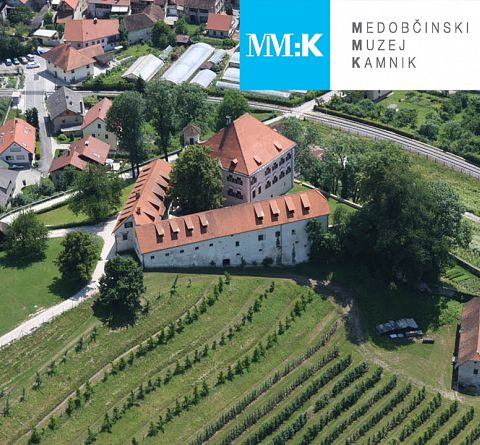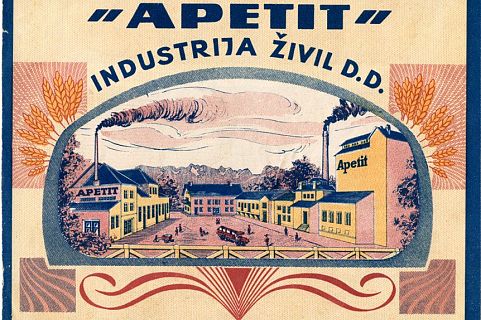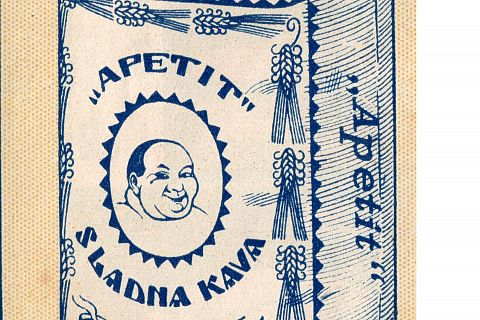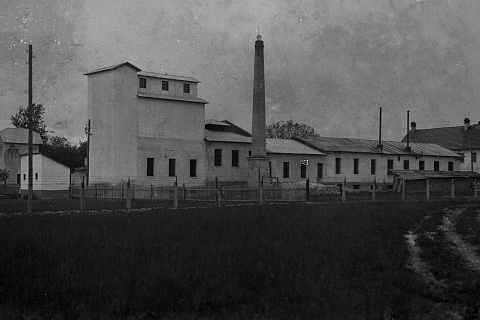Something about coffee substitutes
The bases for coffee substitutes are very diverse: dandelion or chicory root, acorns, cereal beans, almonds, asparagus, beets, carrots, corn, chicory, dandelion, figs, peas, wheat bran, just right fried and ground potato peels, all this can be used to make a coffee beverage. It tastes similar to coffee, but is without invigorating caffeine. Nowadays, barley beans are mainly roasted as a coffee substitute. Coffee substitutes are drunk by people who cannot or should not afford real coffee because of caffeine or anything else.
Until the 1960s, such drinks were a mandatory part of the typical breakfast of workers and farmers: a piece of black bread and a cup of hot cereal coffee. Proja, Franck, Kneipp, they were also called coffee makers. Proja was a mixture prepared from chicory roots and roasted barley seeds. The famous Sebastian Kneipp prepared an acorn drink and praised it as very tasty, even fattening and so healthy that you can also offer it to children.
Barley was also roasted a hundred years ago at the Triglav factory in Šmarca, where 29 types of pasta were made. Their most popular item was the double appetizer coffee of the Apetit brand. It was advertised bombastically as “the best coffee of the present”. You paid 10 dinars for it in the bags, and 11 dinars were added to the packages in the packages – coupons that brought prizes.
More about this at the exhibition PASTA AND COFFEE FROM ŠMARCA, which opens on Saturday, June 19 at 6 pm as part of the Museum Summer Night!







